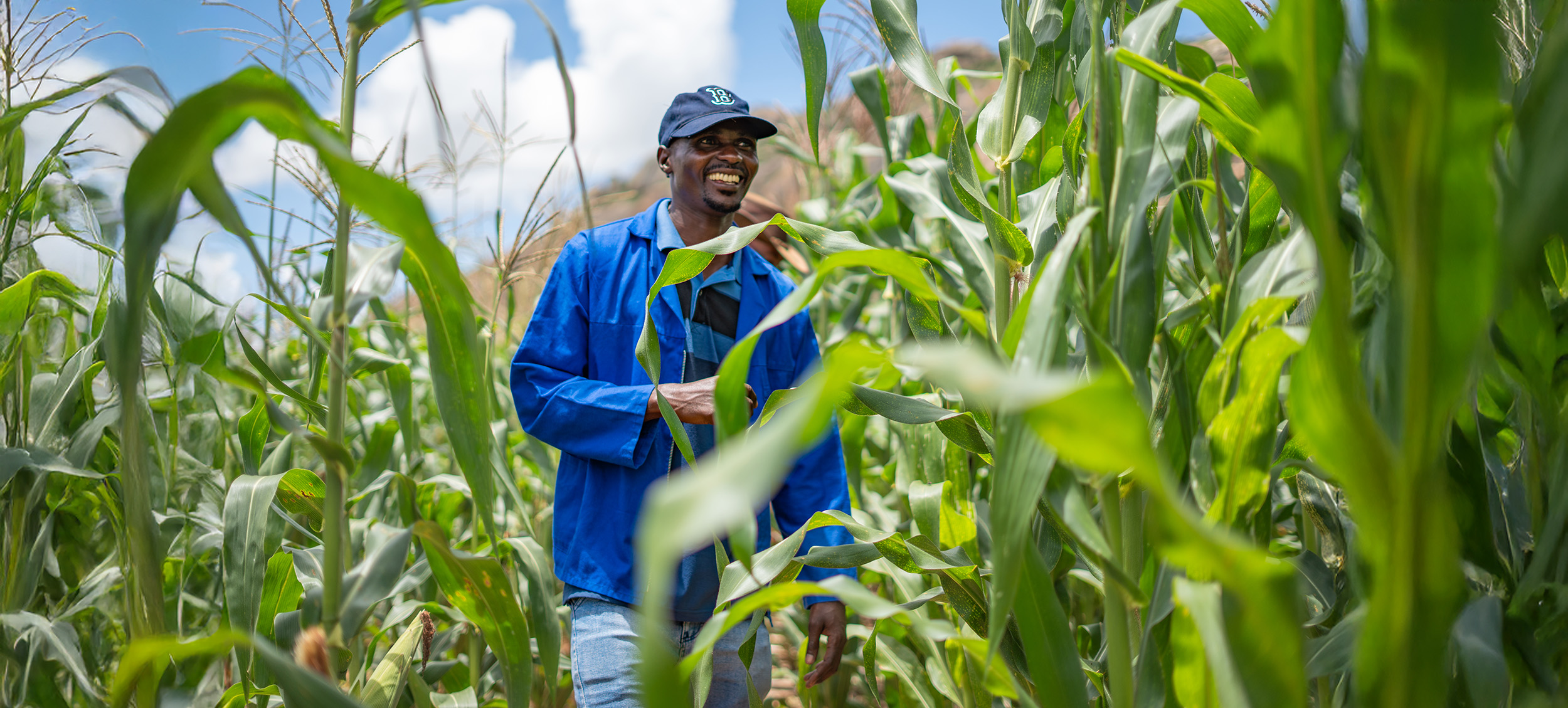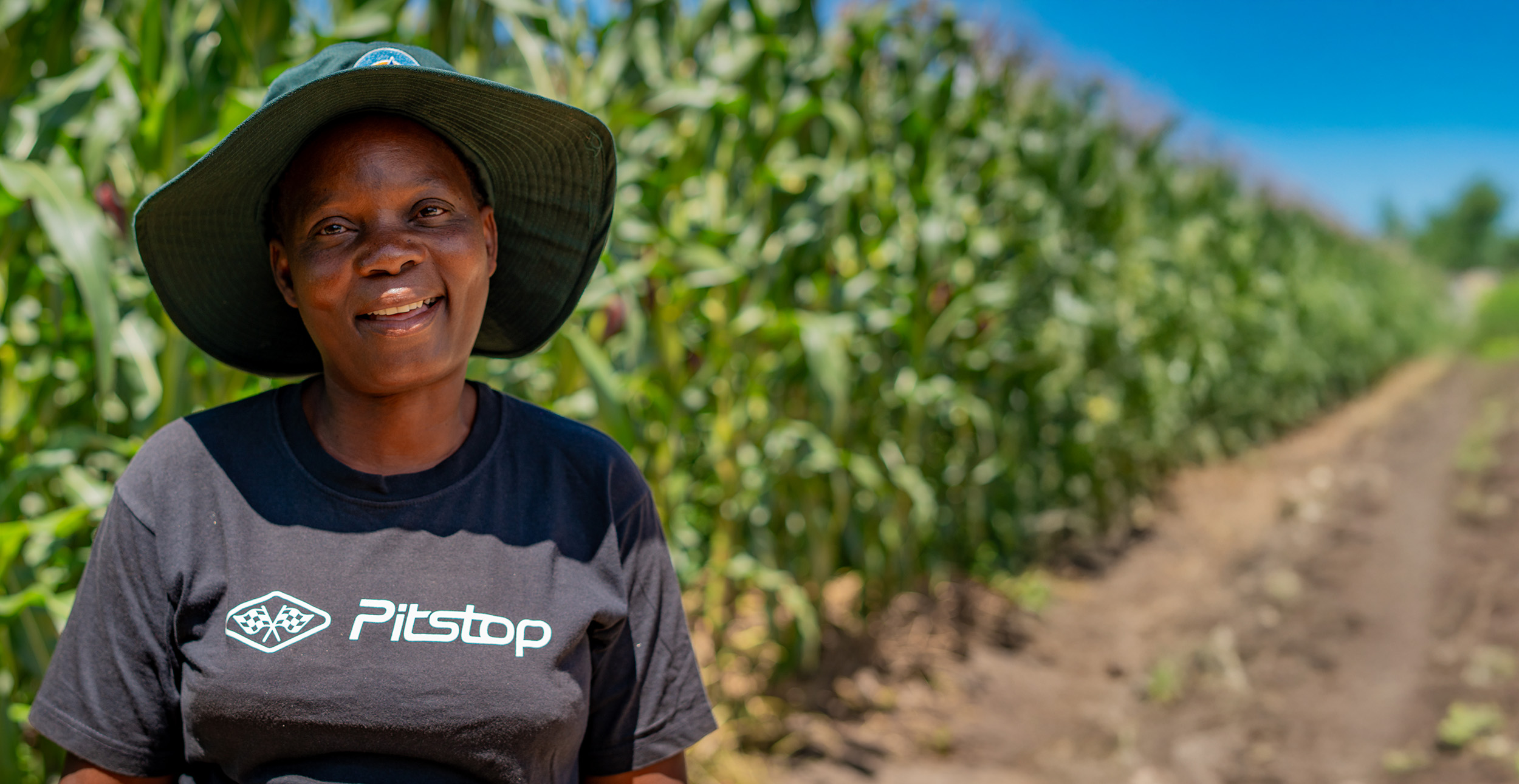Food Security
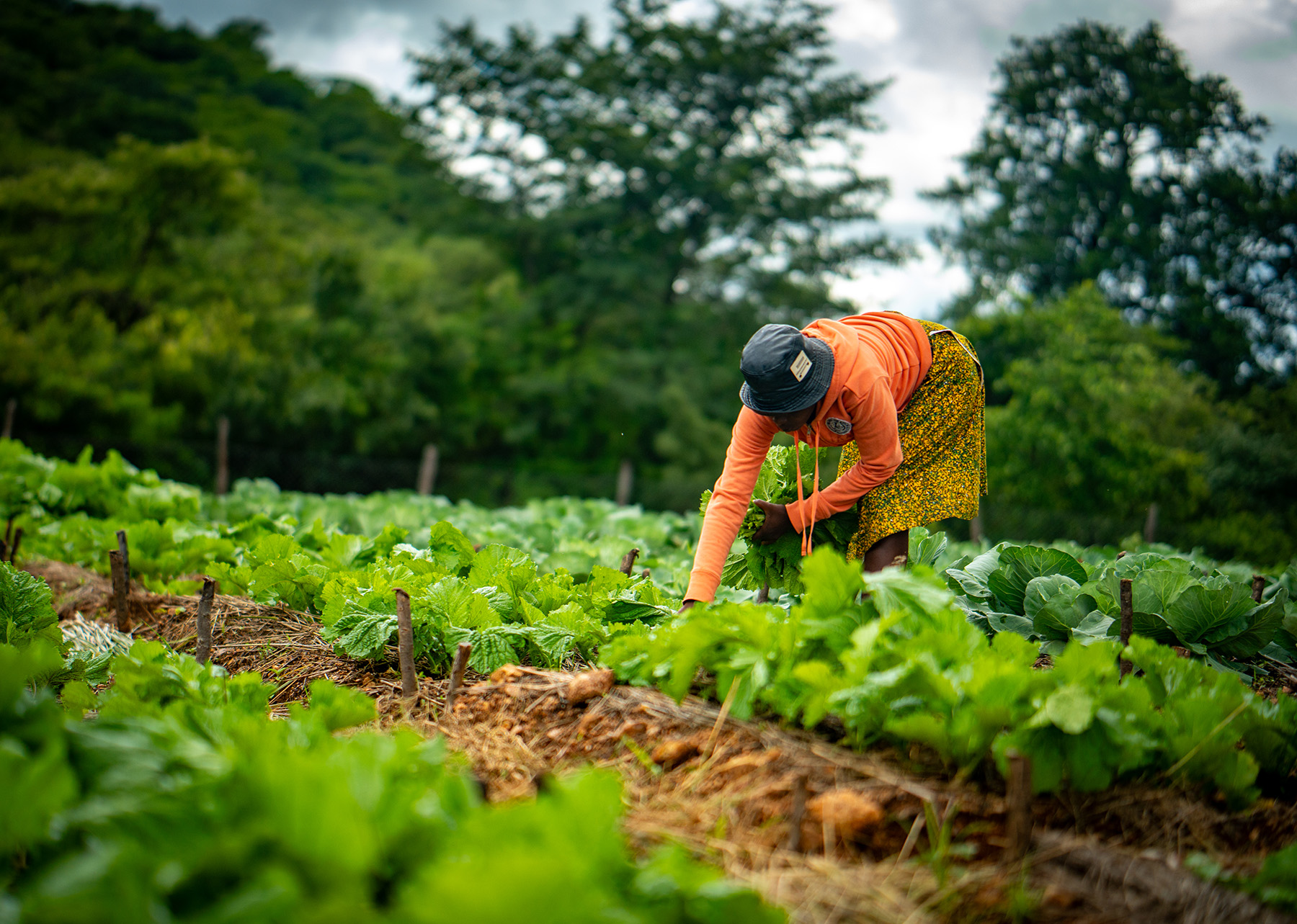
Empowering Farmers, Cultivating Futures
At VillageWorx, we believe farmers hold the key to achieving food security, resilience, and prosperity. In partnership with Foundations for Farming, our Agricultural Training Program focuses on conservation agriculture and practical solutions to empower smallholder farmers, especially women, to grow their way out of poverty.
Why Conservation Agriculture Matters
In Sub-Saharan Africa, most people living on $1 a day are farmers. By providing access to climate-smart farming practices, naturally-produced hybrid seed, quality fertilizer, and hands-on training, we help farmers increase their yields and build a sustainable future. Through simple yet impactful interventions, VillageWorx helps farmers achieve dramatic results:
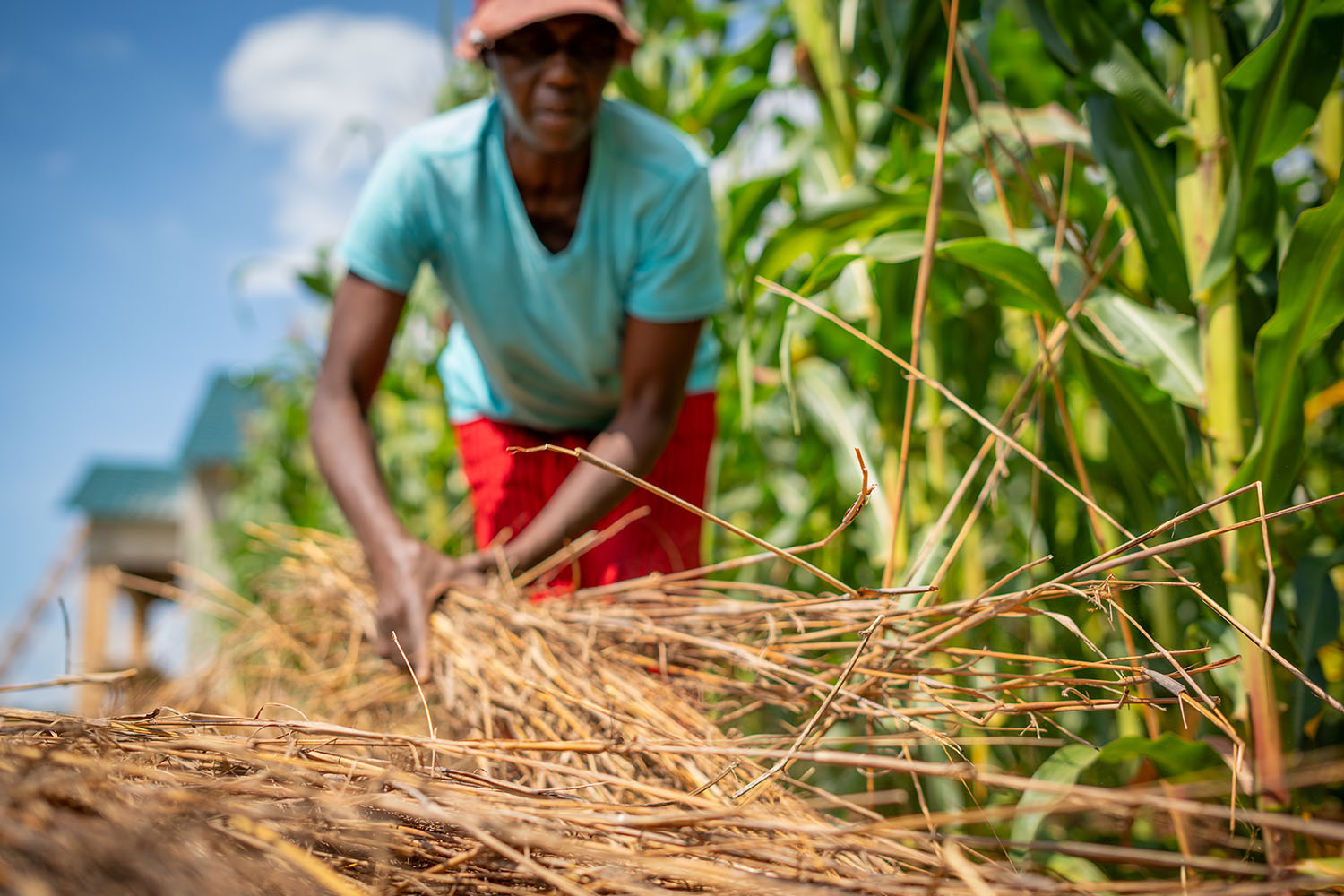

Better Nutrition
With improved yields, families have access to a more consistent and nutritious food supply.

Increased Incomes
Higher productivity and reduced costs enable farmers to earn more, improving their quality of life.

Community Resilience
By training farmers to adopt sustainable practices, we strengthen entire communities against the challenges of climate change and food insecurity.
Building Resilience for Communities and the Environment
VillageWorx equips smallholder farmers with tools and training to adopt climate-smart farming techniques. These methods, including minimal tillage, mulching, and crop rotation, conserve water, enrich soil health, and reduce environmental degradation. By empowering farmers to embrace conservation agriculture, we are not only improving their livelihoods but also protecting ecosystems for future generations.
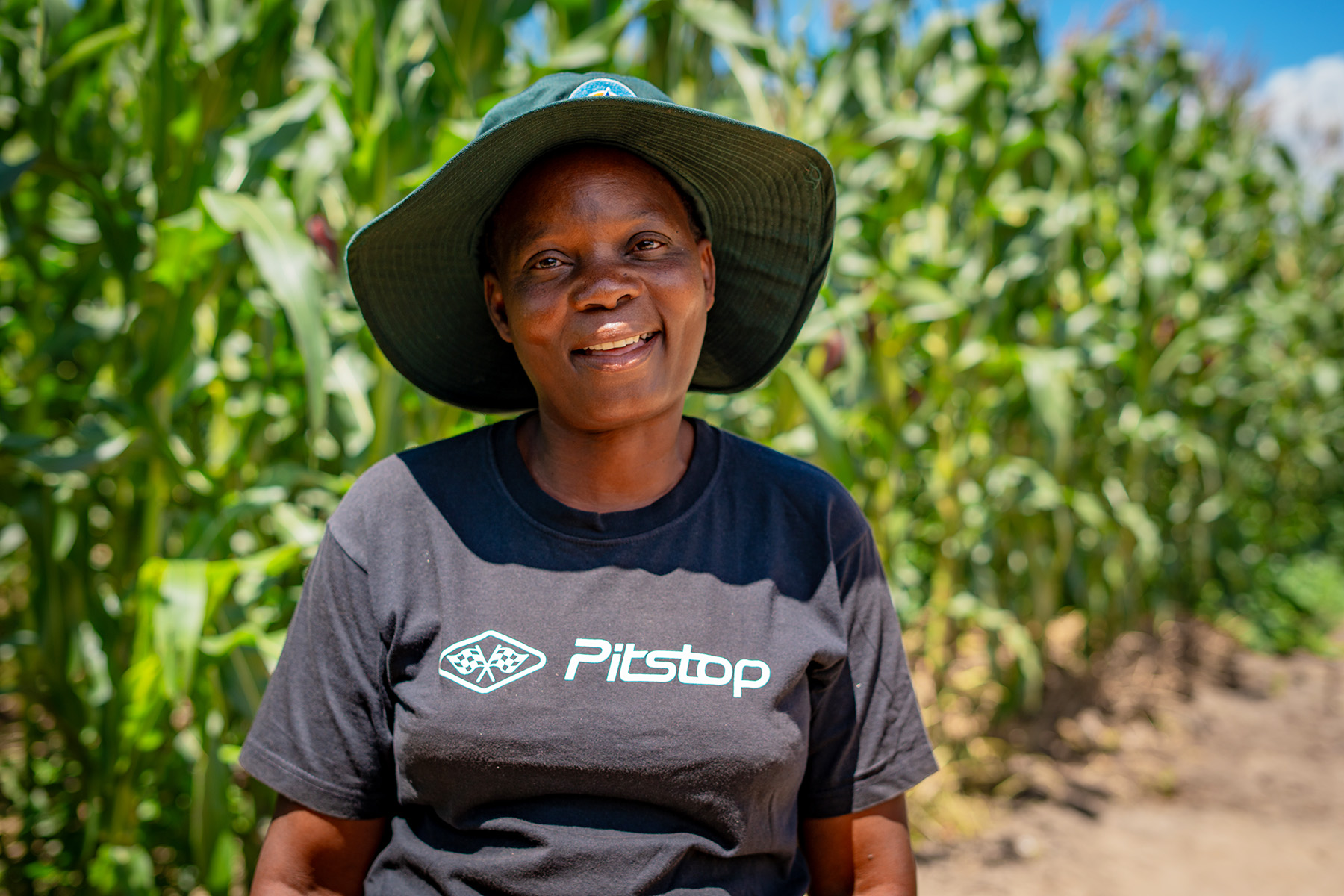
Farmers as Changemakers
Farmers are at the heart of VillageWorx's mission. By equipping them with the tools and knowledge they need, we help them transform their fields—and their futures. Our hands-on workshops, demonstration plots, and access to essential farming supplies enable farmers to grow more food and provide for their families and communities.
Join Us in Growing Change
By supporting our Agricultural Training Program, you can help smallholder farmers feed their families, uplift their communities, and protect the environment. Together, we can cultivate a sustainable and prosperous future.
